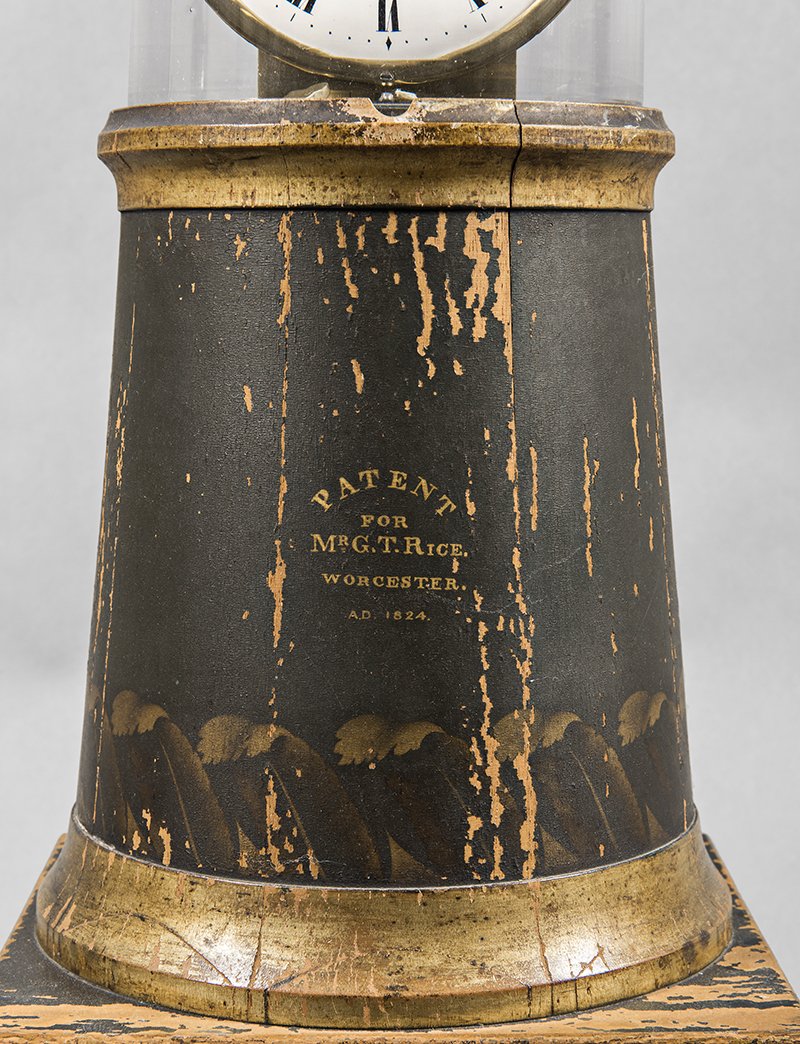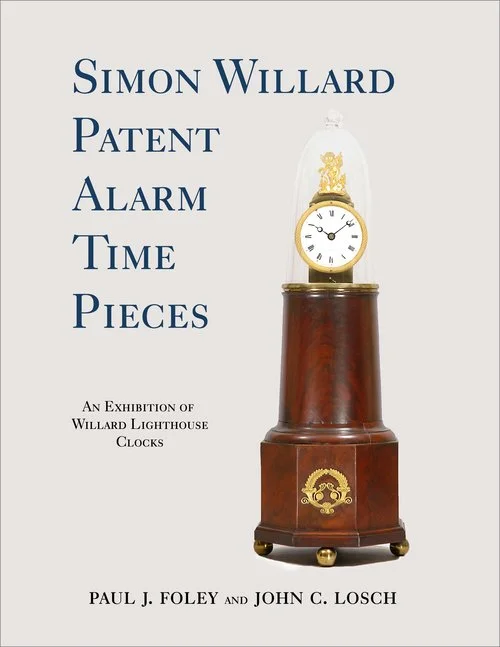15 Million Reasons To Make You Smile
WHCM to Receive $15 Million Gift to Expand its Collection and Build State-of-the-Art Facility
On April 27th, 2024, the museum officially announced a gift, in excess of $15 million from Trustee Charles N. Grichar - a collection of The finest Willard clocks and Howard astronomical regulators in existence, all of which will double the museum’s collection.
In addition, the collection will be housed in the Charles N. Grichar Center - a new state-of-the-art facility that will substantially expand the museum’s footprint and offer a new compliment of horological support services.
to make this remarkable gift a reality, the museum must meet a capital campaign goal of $6 million.
Good news! we need your help to raise only $1.37 million by the end of 2028.
The museum is working with its Trustees, benefactors and foundations to meet its financial commitment. Since the announcement, we have raised over $4.6 million in donations, pledges and land sales against our 2028 goal of $6 million - but we need your help. There are many ways to donate - from checks and credit card and donor advised fund gifts to stock transfers and IRA Qualified Charitable Deductions, your contribution has a direct and lasting impact on the museum.
Questions? Feel free to call us at 508-839-3500 or write us at info@willardhouse.org.
The willard family - THE CENTER OF EARLY AMERICAN CLOCKMAKING
Benjamin Willard began making clocks in his small, rural Massachusetts workshop in North Grafton, in 1766. His three younger brothers, Simon, Ephraim, and Aaron, quickly learned the trade and began a three-generation clockmaking legacy.
Today, over 90 Willard clocks are exhibited in the birthplace and original workshop of the Willard clockmakers, along with family portraits, furnishings, and other Willard family heirlooms. Works by all three generations of Willard clockmakers, including famed clockmakers Simon Willard Jr. and Benjamin Franklin Willard, are also displayed.
Take a step back in time and witness a unique and important part of America's technological, artistic, and entrepreneurial history with us.
Plan your visit
For information and directions, please look through our About pages. If you have any questions, please call the museum at 508.839.3500. We look forward to seeing you.
Featured Object
Patent Alarm Timepiece
By Simon Willard (1753-1848) made c.1824 for Mr. George Tilly Rice. This piece descended through his family until 2014 when it was donated to Willard House by his great-great granddaughter.
George Tilly Rice (1796-1867) was a Worcester banker, sponsor of the Blackstone Canal, member of the Fire Society, and founder of the Nashua & Worcester Railroad. This piece was likely commemorative of either his work with the canal or the Fire Society.
FEATURED BOOK
Simon Willard Patent Alarm Time Pieces
by Paul Foley and John Losch
Based on an exhibit at Willard House from 2003. This book has 110 full-color pages and features 40 examples illustrated with 185 photos, including movements and dials. If you have ever wondered about Simon Willard's third patent, known as a "lighthouse clock," this volume contains the latest research!
The museum already owns three pieces in this book. With the Grichar collection, we will own more!
WHCM is pleased to partner with the following organizations
The Dietrich American Foundation was established in 1963 by H. Richard Dietrich, Jr. (1938–2007) to collect, research and document historically important examples of American decorative and fine arts, primarily of the eighteenth century.
Founded in 1866, the Horological Society of New York (HSNY) is one of the oldest continuously operating horological associations in the world. Today, HSNY is a nonprofit organization dedicated to advancing the art and science of horology through education.





